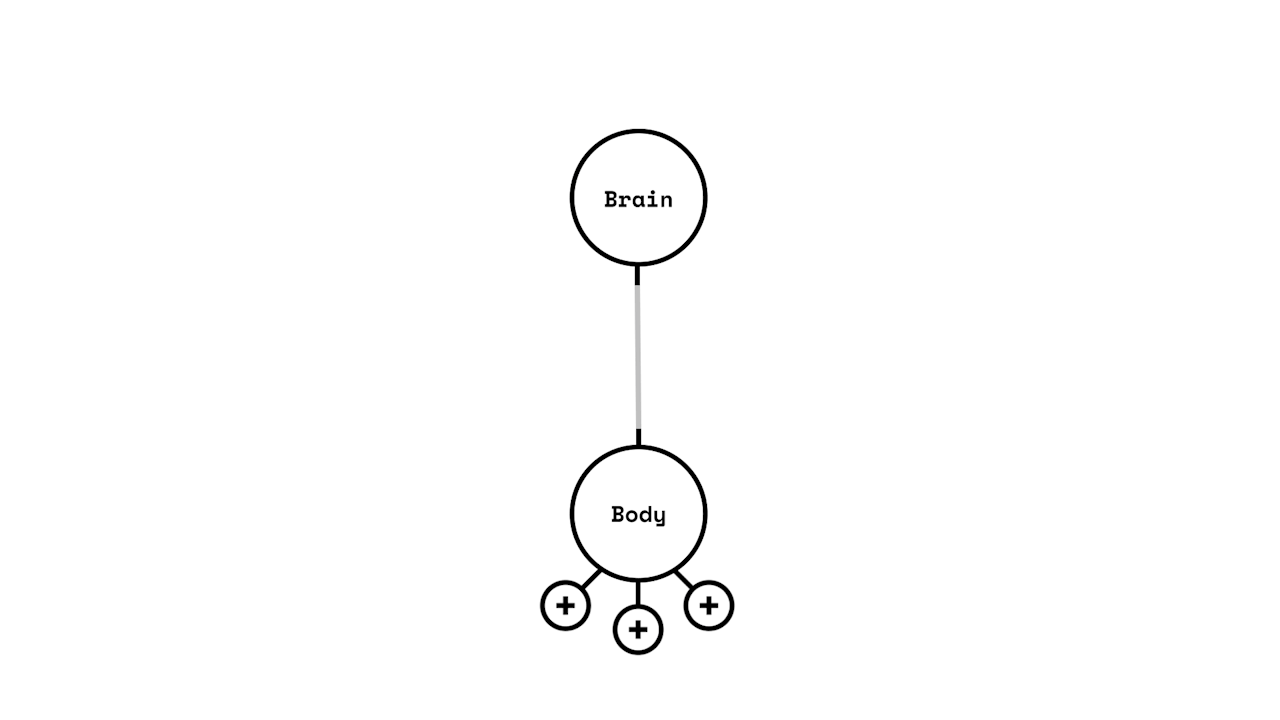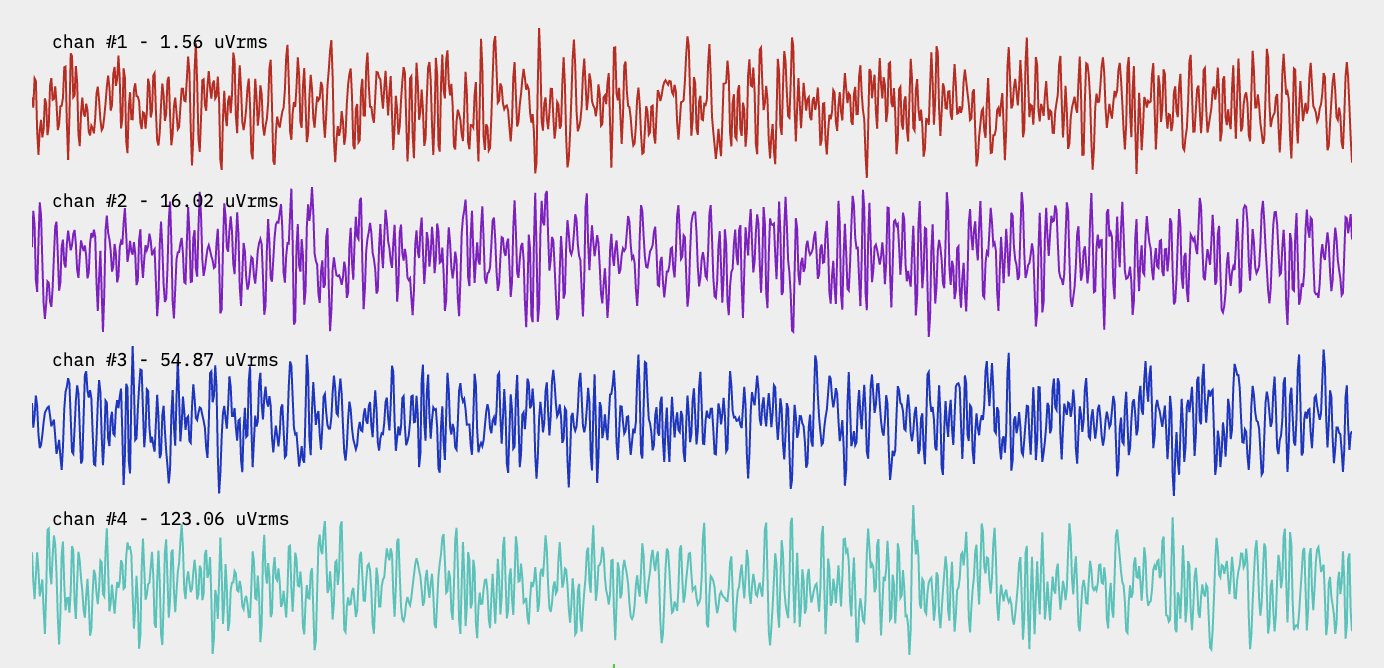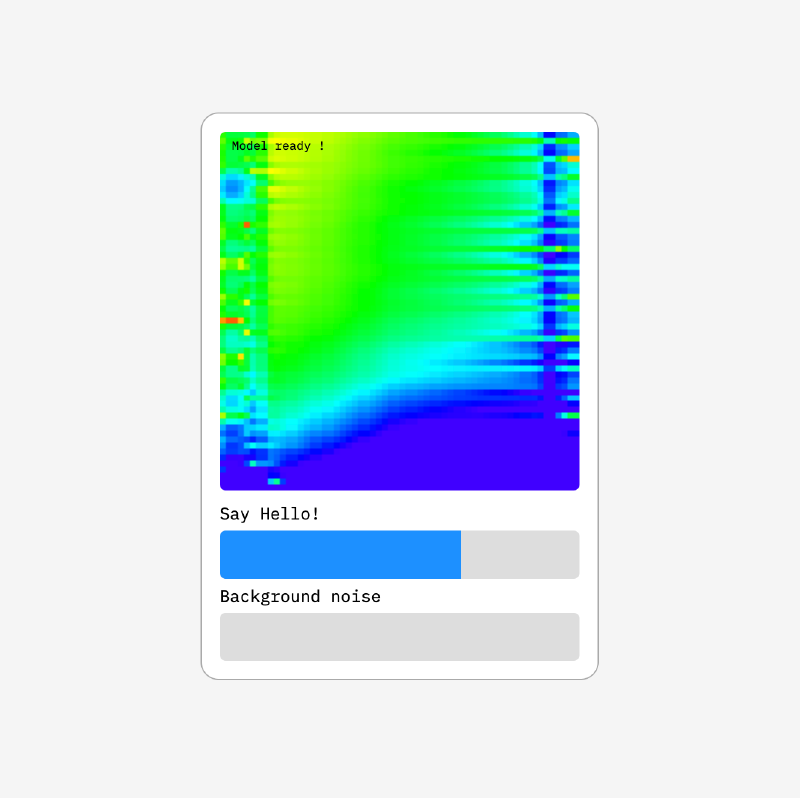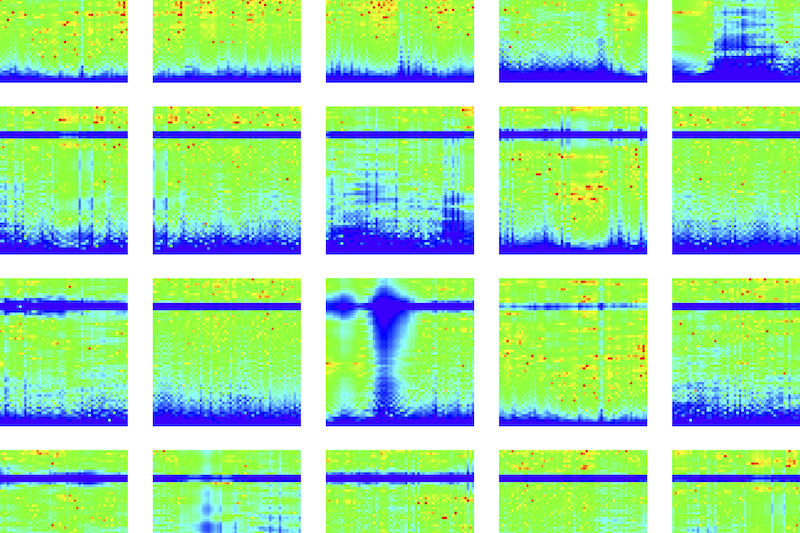Strongly outside the lab, the real world is our playground. No simulation, just a lot of experimentation
The Mentalista adventure began with the study of the functioning of the visual system of the brain. By being passionate about mental images, we have over the years made discoveries about visual thought modeling and how to use it to control objects from brain waves.
Despite years of research, the complexity of the brain continues to fascinate us. There is still a long way to go to understand the workings of this organ that allows us to be such brilliant living beings. We are engaged in sharing our know-how and continuing to fuel through our demonstrations the dreams of a future where technology fades away to reality.
We are committed to deliver the best and easiest to use platform to allow researchers, developers and designers to create projects to help us understand the functioning of the brain. We believe in brain-environment interfaces that can transcend disability, languages, age or gender and aim to improve the lives of hundreds of millions of people.

The brain is actually made up of neurons. They communicate among other signals thanks to electrical impulses called action potentials. Each of our thoughts involves a particular neural activity that is unique to us. Part of this activation is electrical and can be measured using electrodes close to the head.
To measure the brain activity, several techniques exist such as electroencephalography (EEG), magnetoencephalography (MEG) or near-infrared spectroscopy (fNIRS). Each of these techniques has advantages and disadvantages and can be used together to measure the brain. It is mainly the EEG technique that is used because it is inclusive, easy to use and really convenient for the users. This technique describes brain activity as an electrical current expressed in microvolts.


